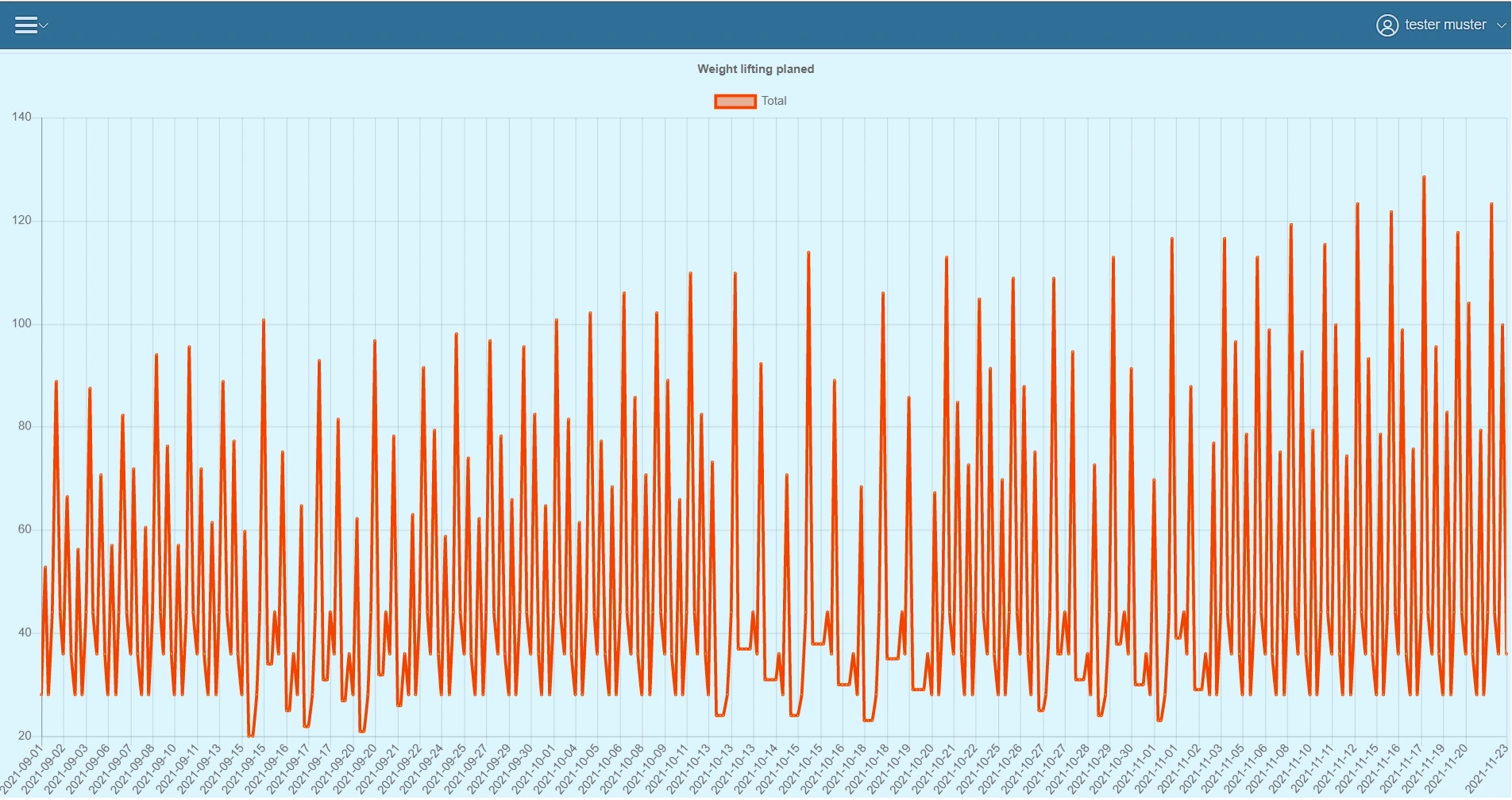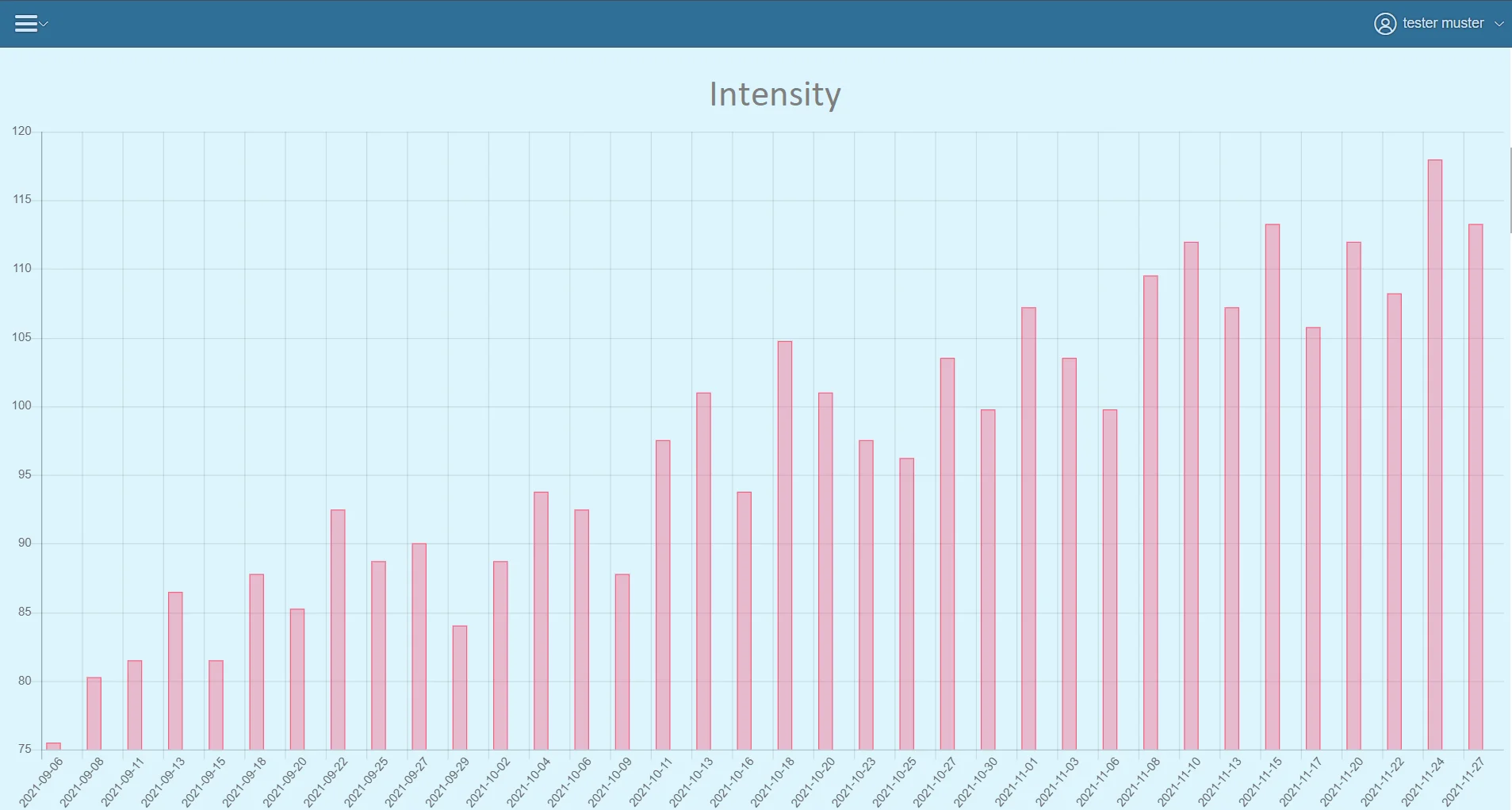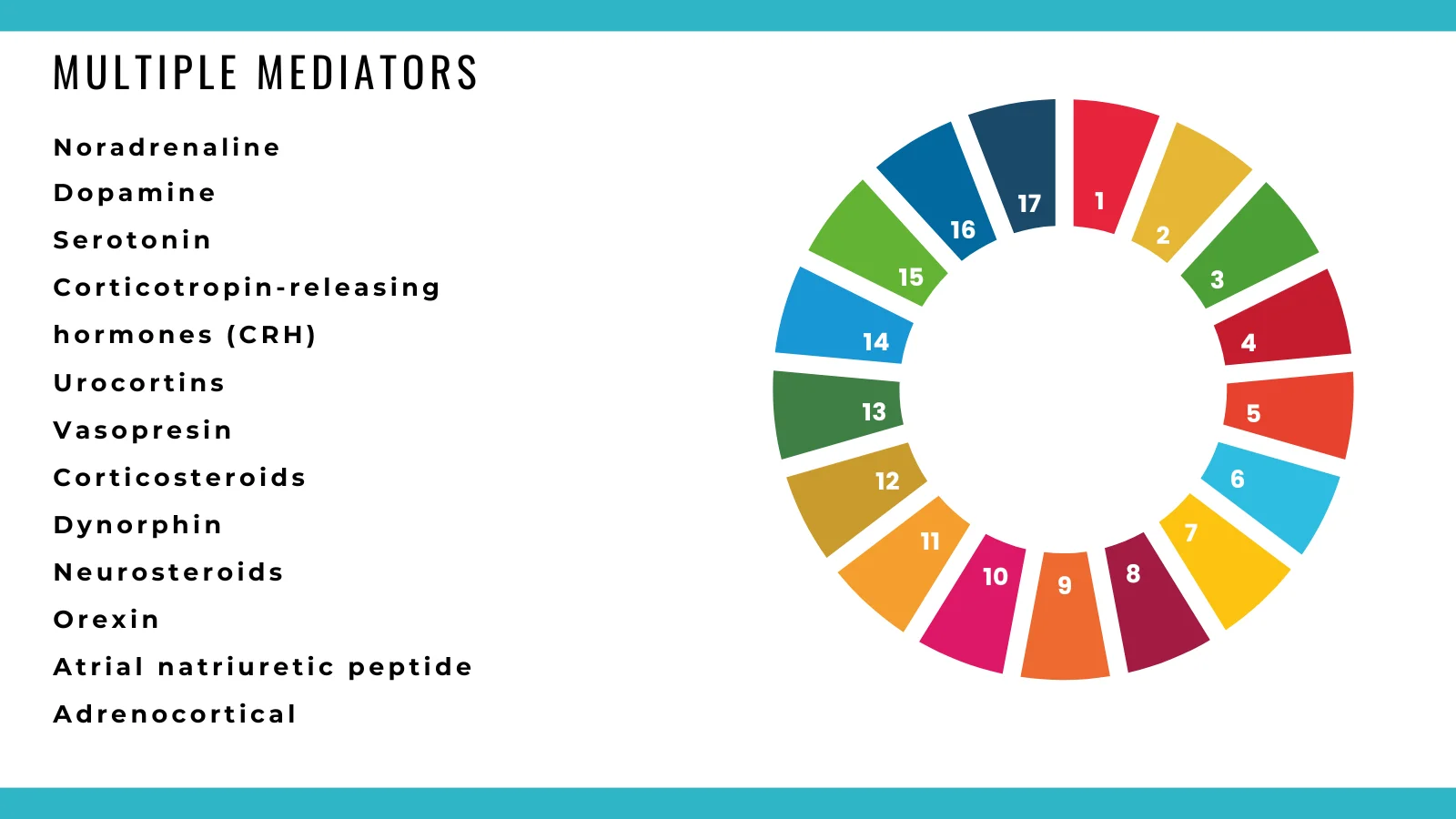What is Strength Training?
Strength training is a type of resistance training that involves the body moving in some direction against a force that specifically induces changes in muscle strength by exercising a specific muscle against external resistance, including free weights, weight machines, or your own body weight.
Strength training is performed by a wide range of people for a variety of reasons. Most are interested in gaining muscle mass with a concomitant loss of body fat. Many people expect these adaptations to carry over into improvements in the performance of athletic endeavors and daily life activities.
Strength training can provide these adaptations as long as you follow certain principles. These principles are integral to understanding how strength training works, how to individualize it to meet your needs and goals, and how to change it to continue making adaptations as you progress.
Moserab training covers strength training based on three exercises: bench press, squat, deadlift, because it best exercises that involves the body moving against a force in an effort to induce changes in muscle strength.
What is Strength?

The basic definition of strength is the maximal amount of force a muscle can generate in a specified movement pattern of movement (Knuttgen and Kraemer 1987).
Moserab training uses four types of strength.
To help you to realize your strength training goals we use maximal strength - the maximal amount of force a muscle groups can produce in a specific exercise for one repetition. This is also referred to as one-repetition maximum, or 1RM.
Maximal possible strength - the maximal amount of force can be potentially produced. Maximal possible strength will be calculated using existing statistical data from different people within different age, male and experience categories.
Maximal goal strength - the maximal amount of force can be produced after executing the Moserab 12-week training program. Maximal possible strength will be calculated using a one-repetition maximum produced by a particular athlete taking into account age, gender, body weight.
Maximal lifetime strength - the maximal amount of strength can be produced by a particular athlete once in a lifetime at the moment when athlete is gaining his best athletic form.
What are the principles of strength training?
Principle of specificity means to train in a specific manner to produce a specific outcome. Moserab goal is to increase 1RM strength and maximum approximation to the maximal possible strength. Moserab Training process is planned with the appropriate range of repetition, proper rest periods, and necessary frequency to optimize strength gains.
Principle of progressive overload - the practice of continually increasing the intensity of the workout as the muscles becomes accustomed to that intensity level. This can be done by increasing the weight lifted, the number of repetitions performed, or the total number of sets; or it can be done by decreasing the rest between sets. Continually increasing the stress placed on the muscle allows the muscle to increase its strength and prevents stagnation.
Principle of individuality - moserab training program considers the specific goals and abilities of the person for whom it is designed. Moserab calculates an optimal, individual, and customized workout plan based on your individual information, such as weight, age, gender, maximum weight in bench pressing, squats, deadlifts and assistance exercises.
Principle of variation - no matter how effective a program is, it will be effective only for a short period. Once a person has experienced the specific adaptations that a particular training program is designed to provide, a new stimulus must be imposed on the muscles or continued progress will be stagnated.
Moserab algorithm is based on the principle of variation of intensity and volume. Moserab training plan generator varies the higher reps and low reps training, structuring your training in a way that keeps that motivation. Variation of intensity is important to building long-term health and fitness.

Principle of maintenance - the fact that once the strength training program is discontinued or not maintained at the minimal level of frequency and intensity, the strength or hypertrophy adaptations that were made with that program will stop forward progression. Moserab training plan can be calculated new any time.
Without a clear understanding of the foundation of strength training, the application of it will be lacking. Just as an athlete who doesn't understand the basics of his sport will do poorly in that sport, not understanding the basics of strength training will severely limit your potential. Regardless of whether your goal is to increase muscle mass or muscle strength, having this knowledge will have a positive effect on your ability to reach your goal.
Variables Essential for Strength Training Success
Moserab strength training program will last 12 weeks. Considering this time frame, a single workout may seem inconsequential to the overall program. Yet the design of every single workout is just as important as the overall program. This is because each workout adds up sequentially to create the long-term training program that will provide the adaptations that the program imparts. We show the principles involved in designing a single strength training workout.
Every Moserab's workout is composed of at least five specific program variables that you can manipulate:
- choice of exercises
- order of exercises
- number of sets
- intensity
- volume
Our algothithmus carefully chooses these variables to get a workout that is appropriate for your level of fitness and that initiates the desired adaptations.
Choice of exercises
Choice of exercise is one of the most critical to a person's progress. In Moserab powerlifting strength program, all exercises in a workout can be categorized as either a primary exercise or an assistance exercise. Primary exercises are those that are most specific to the goals of gaining strength. In the Moserab training they are: the bench pressing, squats, and deadlifts. These exercises involve the most muscle. Assistance exercises involve as well a single muscle and a multiply muscle group, as antagonistic, synergistic, stabilization, coordination, and other muscles and muscle groups.
Order/Priority of exercises
How the specific exercises that make up a single workout are ordered will determine not only the effectiveness of the workout but also the particular adaptations that the program imparts. In Moserab's training, the primary exercises are performed first in the workout relative to assistance exercises. The logic behind this is the fact that primary exercises typically involve numerous large muscle groups working together to lift relatively heavy weight. Performing assistance exercises, first of all, will compromise the amount of weight a person can lift on the primary exercises. Typically, larger-sized muscle groups (such as the legs and back) are trained before smaller muscle groups (such as the shoulders and biceps). Assistance exercises are done after the major muscle groups are fairly fatigued from performing the primary exercises.
Intensity
The term intensity refers to the amount of lifted weight. The intensity is related to the number of repetitions performed. That is, the heavier the weight, the fewer the repetitions that can be performed. Moserab way that intensity is measured is through the use of a variable percentage of the repetition maximum (RM) we are predicting.

Number of sets
A set is a grouping of repetitions that is followed by a rest interval. Moserab training calculates the number of sets to prevent stagnation of training adaptations. The most important variable of training that influences the number of sets that should be performed is intensity. The greater the intensity, the greater the stress placed on the muscle, and thus the lower the number of sets that should be performed. Therefore, the total number of sets in a training cycle should vary directly with training intensity. In fact, training with too many total sets can be detrimental to strength training adaptations and lead to overtraining.
Volume
The number of sets, reps, and lifting weight performed in a workout are one of the factors affecting the total volume (sets x repetitions x intensity) of exercise. Higher rep ranges are also effective for muscle hypertrophy as long sets are taken to muscle failure (Burd 2010; Burd 2011; Mitchell 2012). These varied muscle adaptations underscore the importance of periodization for producing the most desirable changes in a muscle, whether the person's goal is increasing maximal strength. This is because each adaptation is related to the others.

Additional factors essential for Strength Training Success
Rest period between sets
How long a weightlifter should rest between sets is dependent on the intensity being used and the goals. The general consensus is that the lower the reps being performed, that the higher the resistance intensity, the longer the rest periods that should be taken.
Repetition speed
Typical rep speed in strength training lasts about two to three seconds to complete the positive (concentric) and negative (eccentric) portions of each rep. This is considered a controlled pace and is the pace taught by most strength coaches and personal trainers. Trining with fast, explosive reps mixed with slowing down a rep in the range of 10 to 20 seconds enhances muscle endurance as well as size.
Frequently of training
The frequency at which muscle groups are trained can be more critical than any of the acute variables of training discussed previously. The reason has to do with recovery. Muscle recovery, however, is an individual thing that is influenced by factors such as lifting experience, the intensity of the workout, and total volume. In most instances, it is best to get 2 to 7 days of rest for each muscle group. This will be determined by how you split your training. Training splits refer to how you break down training days. For example, do you train your whole body during every workout, or do you train only one or two muscle groups each workout?
Density of training
The density of training involves rest period between sets, rest between reps, rest between exercises. Moserab algorithm provides various options for the density of the training process, which are determined by the athlete independently.
Tactics for Building Muscle Mass
Muscles growth - known scientifically as hypertrophy-involves a complex integration of multiple factors. Strength training initiates many of these factors through both the mechanical stress and the metabolic stress that it places on the muscle fibers.
The mechanical stress is the actual physical weight the myofibers must resist by contracting. This damages myofibers and initiates a biochemical cascade that leads to the growth of myofibers.
The metabolic stress comes from the energy demands placed on the muscles to fuel muscle contractions. This type of stress initiates biochemical cascades that influence the growth of myofibers through various mechanisms that mainly result in an increase in muscle protein synthesis. Although the details of many of these biochemical cascades are well defined, it is currently unknown exactly how all these factors work together to result in muscle growth.
Neurohumoral stress refers to increased activity of the sympathetic nervous system, renin-angiotensin system, vasopressin, and atrial natriuretic peptide. Neural mechanisms primarily involve sympathetic adrenergic and parasympathetic cholinergic branches of the autonomic nervous system. In general, the sympathetic system stimulates the heart and constricts blood vessels resulting in a rise in arterial pressure. The parasympathetic system depresses cardiac function and dilates selected vascular bed.
Neurohormonal stress refers to hormone production and release by neuroendocrine cells into the blood. The neurons secreting various hormones have been found to discharge impulses in the burst, causing a pulsatile release which is more efficient than a continuous release.
Neuro-mediator stress signifies a potential or actual threat that requires immediate changes in behavior as well as a modification of future behaviors. This is achieved through the modulation of neuronal functioning at several levels of the CNS - levels that govern decision making, learning, and memory as well as hormonal, autonomic, and emotional responses.
Different types of stressors require different responses.

The stressor type influences the repertoire of neuronal populations that perceive a potential threat, as well as the neurons and stress mediators that are engaged in the adaptive response.
Moserab algorithm does what training techniques and programs work best to influence the factors that are responsible for causing muscle growth.
Workout to gain muscles
To be successful, you need to be informed about the best ways to train each muscle group. The number of blood vessels that supply the muscles increases with training. By increasing the number of blood vessels, there is an accompanying increase in the delivery of blood to the muscle fibers. Enhancing blood flow to the muscle fibers increases the supply of critical nutrients for energy and growth such as carbohydrates, protein, and fat. There is also the greater provision of oxygen.
Oxygen not only is essential for energy for recovery between sets but is also critical for lessening the indirect muscle damage that follows a weightlifting workout. Another benefit of increased blood flow to muscle fibers is the greater supply of anabolic hormones, such as testosterone and growth hormone, etc. to the muscles.
Building muscle mass takes considerable time and consistency in the gym. But one problem that arises from consistency is that the muscles quickly adapt to a workout when it is used for too long. To prevent muscle adaptation from turning into stagnation, you need to frequently expose your muscles to different training ways. Strength training variety increases effectively in producing muscle growth.
Normally fitness apps provide a sample workout to give you an indication of how the particular exercises can be used. Some provide details on exercise selection, rep ranges, total sets, and training frequency that you need to follow closely.
These are just templates, you need years of training experience, you should eventually try a majority of the methods to determine those that work best for you. Moserab generates a customized and unique workout plan for you, based on scientific data and tests we have conducted over the last 30 years.